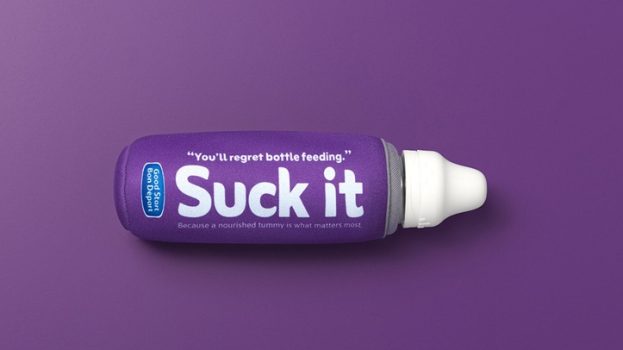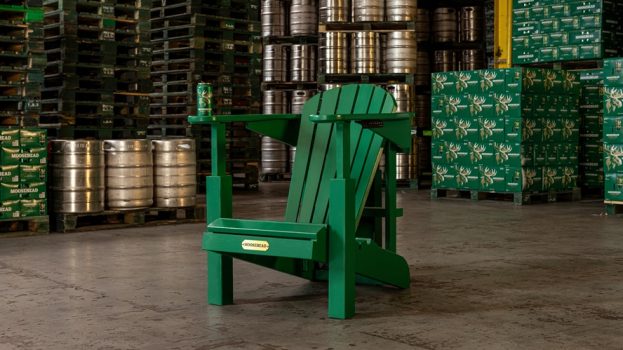An end to diet culture, a renewed commitment to a healthy planet and a blurred distinction between food for humans and pets.
These are among some of the predictions made by Nourish Food Marketing in the food and beverage-focused agency’s latest annual report, which taps insights from food processors, producers and service to get a gauge on demand and emerging trends.
Founding partner and president of Nourish Food Marketing Jo-Ann McArthur says there could be blurring of distinctions between brands operating in pet and food categories, with lots of CPG companies already operating in that space.
For example, Ben & Jerry’s has launched “frozen doggy desserts” in the U.S., shelved in the same area in grocery, allowing shoppers to treat themselves and their pets simultaneously. While an extension of brand identity into a new category seems to be an easy leap, it doesn’t stop there – Ben & Jerry’s is using the same ingredients as it does for its plant-based human desserts.
“Is the time right for companion meals for our companion animals?” McArthur asks, referencing data that shows that only 13% of dog owners exclusively feed their dogs dog food. “We could even see meal kits for pets,” McArthur suggests.
For animals of the two-legged variety, McArthur says that eating is more about pleasure, comfort foods and wellbeing, and the definition of “eating healthy” has expanded to include mental health during stressful times.
The pandemic brought an end to the “sober curious” and moderating alcohol, especially among younger generations, and there will be a refocus, based on immune resilience, on sleep and ameliorating anxiety, whether it’s through comfort foods, cannabis, or nootropics.
“The link between food and moods has really been established during the pandemic, and so we expect that there’s going to be more acceptance of extra pounds people put on during the pandemic and an end to the whole diet culture we have seen – perhaps even an end to the era of the energy drink,” McArthur says.
While much is being made about people adopting new hobbies, including cooking, McArthur says only 37% of Canadians believe that their ability to manage meals during the pandemic, has actually improved.
“We are actually bored of our own cooking at this point!” Macarthur jokes, as only 36% of us learned a new recipe during lockdown.
Brands can capitalize on this consumer, she says. Breakfast at home, in particular, has seen a “resurgence” in ready-to-eat, helping cereal begin to make up for years of flat growth and bringing “ready-to-heat” options to replace QSR breakfast sandwiches and changes to morning routine.
Despite a K-shaped recovery, food inflation and finite resources, planet health will be top of mind, especially when it comes to where consumers get their food and how big of a footprint its delivery has. While it remains a small figure, there’s a burgeoning new and direct relationship between Canadians and producers, with 5% of Canadians having purchased directly from farmers during this period.
Regardless of the touchpoint, “Local and Canadian” remains important, and is point of difference if it’s highlighted and promoted. And part of that, according to McArthur, we are also seeing consumers being more concerned with sustainable packaging and packaging waste. Single-use plastics came back again as a way to keep us safe, but consumers want reuse/reduction strategies again and are prepared to hold industry accountable.
























